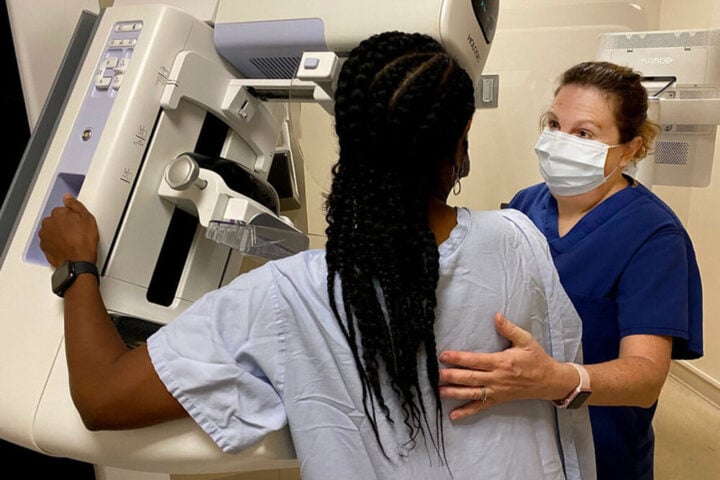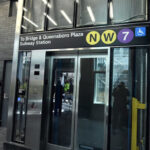In the world of public transit, few things matter more than reliability. The Metropolitan Transportation Authority’s proposed $68 billion Capital Plan for 2025-2029 aims to address this core issue with the biggest infrastructure investment in MTA history. According to a new report by the Regional Plan Association (RPA), the plan could transform daily commutes while generating $106 billion in economic output across New York State.
The Nuts and Bolts of the Plan
The MTA’s aging $1.5 trillion transit system needs serious updating. With 90% of the budget focused on system reconstruction and structural improvements, here’s what commuters can expect:
- Signal System Modernization: At least 75 miles of entirely new signal systems will replace equipment installed as far back as the 1930s, potentially saving riders up to 12,000 hours of delays each weekday.
- Power Infrastructure: 32 new or reconstructed substations will address vulnerable parts of the system at greatest risk of power failure. Currently, power-related incidents delay an average of 34 trains per event.
- Vehicle Replacement: 1,500 new subway cars, 500 commuter rail cars, and 2,500 new buses (including 500 zero-emission buses) will replace aging vehicles. The oldest subway cars break down two to three times more frequently than newer models.
- Weather Protection: Upgrades to subway and commuter rail lines most impacted by major weather events, particularly important as flood events increase in frequency.
- Accessibility Improvements: By the end of the plan period, 253 stations (more than half of all stations) will be fully ADA-compliant, serving about 70% of passengers.
Similar Posts:
What Riders Care About Most
MTA customer surveys consistently show that reliability tops riders’ concerns. For subway users, “more reliable service” was selected by 47% of respondents as what would most improve their satisfaction. Bus riders prioritized wait times, service reliability, and frequency of delays.
“This Capital Plan is one that recognizes and respects the time of its riders, remains committed to increased safety, and reimagines what the experience for those visiting, working, and living in New York could look like,” said Chris Jones, senior research fellow at the Regional Plan Association.
The Commuter Experience: Before and After
The current state of the system shows its age. Signal failures cause approximately 285 delays monthly. Power failures, while less frequent, cause severe disruptions, with recent examples showing their impact:
- On December 11, 2024, a substation explosion during rush hour stranded 3,500 passengers on two F trains for over two hours and affected approximately 375,000 riders.
Where modern technology has been implemented, the results are clear. On the 7 line, which now uses Communications-Based Train Control (CBTC), on-time performance improved from 68% in 2018 to 91% in 2023. E trains run 10% faster on the Queens Boulevard West line since CBTC installation.
Economic Impact
The plan’s scope extends beyond commuter convenience:
- The MTA region employs 1,653 people per square mile – 37 times the U.S. average
- Transit riders represent 22% of all New York State workers and 25% of wages and salaries
- The 2.1 million riders who live in the MTA service area earn $187 billion annually
- Their spending supports an additional 680,000 jobs earning $45 billion
“It’s no secret that New York’s transit system is the largest in the nation, supporting the most job-dense region in the U.S. Having a plan in place that addresses its most pressing problems that impact rider experience and economic output should be at the top of our region’s priorities,” said Rachel Weinberger, co-author of the RPA report.
Funding Challenges
Despite the plan’s potential benefits, funding remains uncertain. The Capital Program Review Board rejected the plan on December 24, 2024, and significant funding gaps need resolution.
MTA Chair and CEO Janno Lieber emphasized the stakes: “This report underscores what we’ve been saying all along – the aging $1.5 trillion transit system that keeps millions of New Yorkers moving and the regional economy humming must be preserved and upgraded. Starving the patient to death by underfunding is not an option.”

Environmental Benefits
The plan also aims to reduce the MTA’s carbon footprint by:
- Adding 500 zero-emission buses, bringing the total of electric buses to 1,030 (17% of the fleet)
- Reducing carbon emissions from MTA operations by 85% by 2040
- Potentially preventing 20 million metric tons of carbon emissions annually by keeping cars off the road
For the average commuter, the question remains: Will this plan deliver the reliable, comfortable transit experience New Yorkers need? If funded and implemented as proposed, the data suggests it could make a real difference in daily commutes while supporting the broader regional economy.
FAQ:
What are the main improvements included in the MTA’s 2025-2029 Capital Plan?
The plan includes installing 75+ miles of new signal systems, constructing 32 new or rebuilt power substations, purchasing 1,500 new subway cars, 500 commuter rail cars, and 2,500 buses (including 500 zero-emission buses), upgrading infrastructure against weather events, and improving accessibility at stations. By the end of the plan, over 50% of stations will be ADA-compliant.
How much will the Capital Plan cost and what economic benefits might it bring?
The plan costs $68 billion and is projected to generate $106 billion in economic output across New York State. It’s expected to create approximately 72,000 jobs annually over the five-year period. Transit riders represent 22% of all NYS workers and 25% of wages and salaries, earning $187 billion annually and supporting an additional 680,000 jobs.
What specific improvements will commuters notice in their daily trips?
Commuters should experience fewer delays (potentially saving up to 12,000 cumulative hours each weekday), more reliable service, reduced crowding, better real-time information, improved station conditions, and enhanced accessibility. Where similar improvements have already been implemented, such as CBTC on the 7 line, on-time performance improved from 68% to 91%.
What is the current status of the Capital Plan’s approval?
The Capital Program Review Board rejected the plan on December 24, 2024. The plan faces significant funding gaps that need to be resolved before it can move forward. The MTA must either secure additional funding or submit a revised plan.
How will the Capital Plan impact accessibility for riders with disabilities?
Currently, 150 subway stations (serving 50% of passengers) are fully ADA compliant. By the end of the 2025-2029 Capital Plan, 253 stations will be fully compliant, serving about 70% of passengers. On the LIRR, 98% of stations will be accessible, while Metro-North will progress toward its goal of 95% accessibility by 2045.
What environmental benefits does the Capital Plan offer?
The plan aims to reduce MTA’s carbon emissions by 85% by 2040 through adding 500 zero-emission buses (bringing the total to 1,030 electric buses or 17% of the fleet), installing electric charging stations, and improving energy efficiency. Additionally, by keeping people on transit rather than in cars, the MTA helps prevent approximately 20 million metric tons of carbon emissions annually.
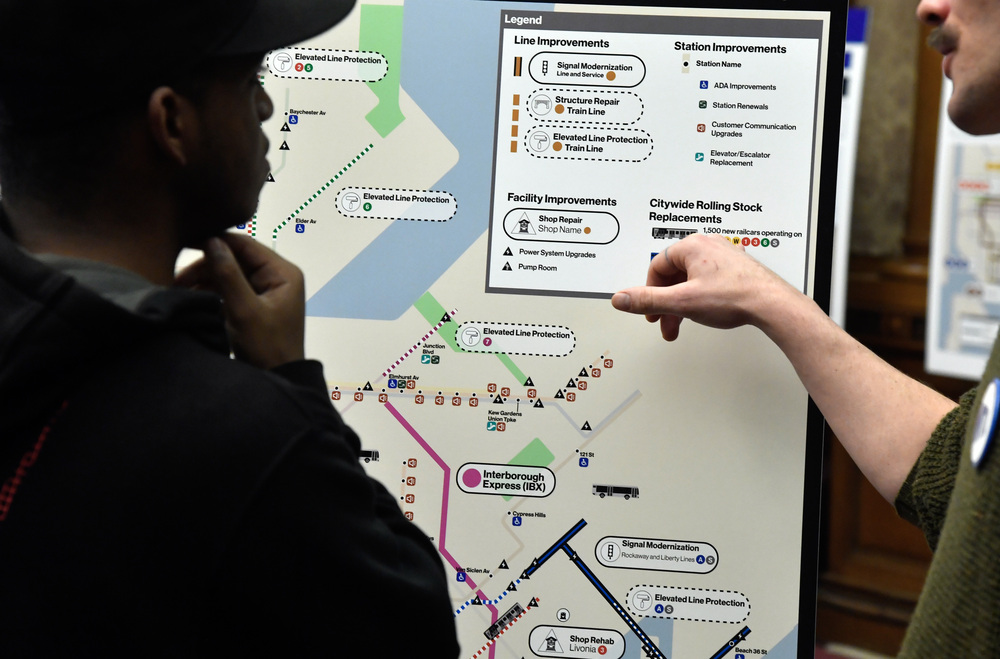


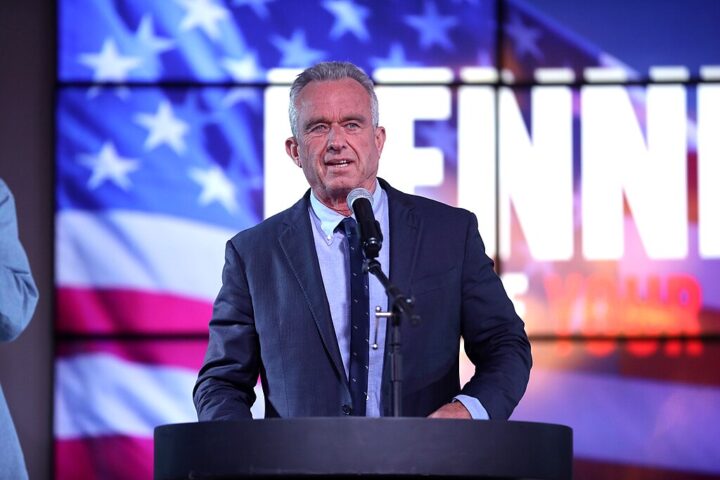


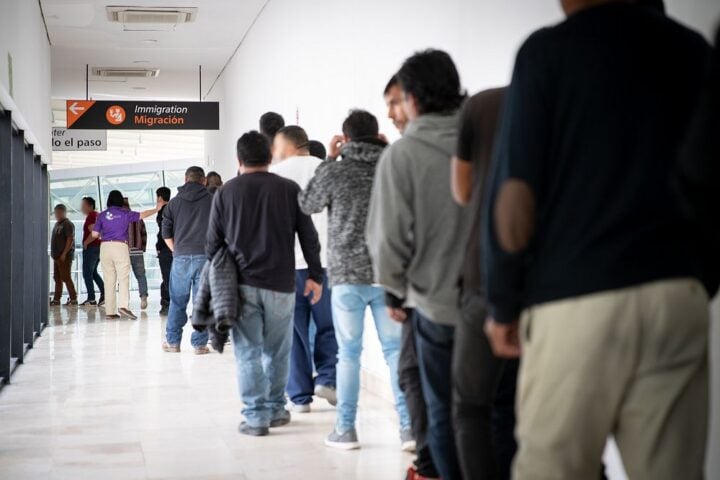



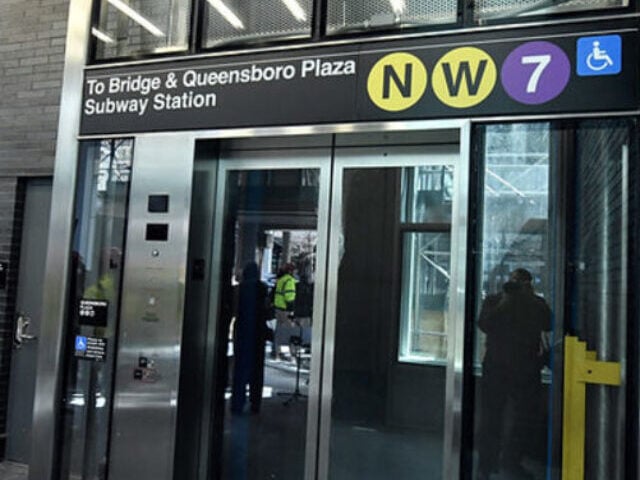

![Representative Image: European Starling [49/366]. Photo Source: Tim Sackton (CC BY-SA 2.0)](https://www.karmactive.com/wp-content/uploads/2025/04/Starlings-Drop-82-in-UK-Gardens-as-Birdwatch-2025-Reveals-Record-Low-Count-Since-1979-720x480.jpg)



